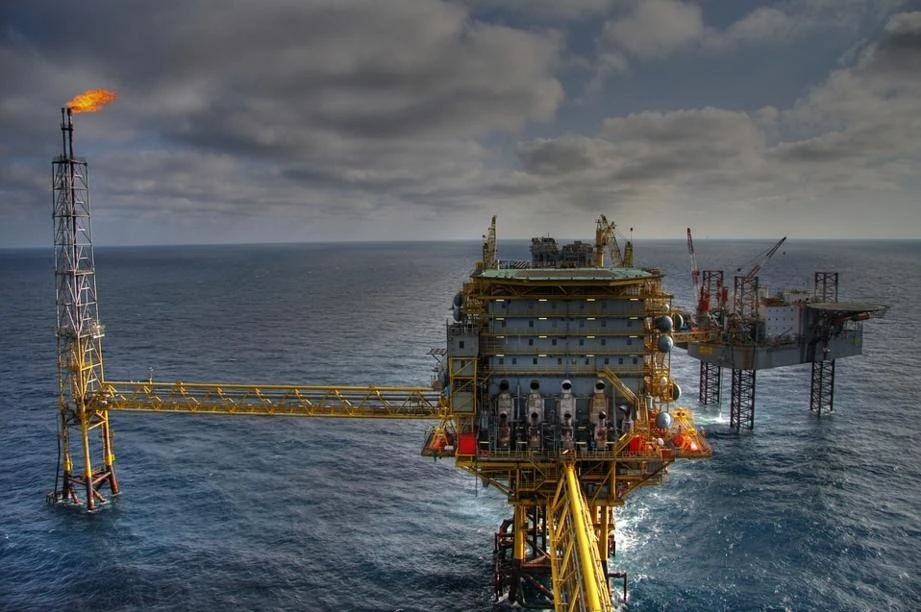The Perils of Offshore Work: Navigating the Hazards in a High-Risk Occupation
Introduction
Offshore work is a demanding and high-risk occupation that involves individuals laboring in remote locations, often in harsh environments and challenging conditions. Whether it\'s in oil and gas exploration, marine construction, or wind energy projects, offshore workers face numerous hazards that require a keen understanding of safety protocols and a commitment to risk management. In this article, we will explore the inherent dangers of offshore work, highlight the potential risks faced by workers, and emphasize the importance of prioritizing safety in this challenging industry.
Remote Locations and Harsh Environments
Offshore work often takes place in remote and isolated locations, far from immediate medical facilities or emergency response teams. Workers may find themselves on offshore drilling rigs, production platforms, or floating vessels subjected to extreme weather conditions, including high winds, rough seas, and sub-zero temperatures. These factors not only pose physical challenges but also limit access to prompt medical attention in the event of an accident or injury.
Potential Hazards and Risks
a) Falls and Slips: Slippery surfaces, elevated platforms, and narrow walkways increase the risk of slips, trips, and falls, which can result in severe injuries or even fatalities.
b) Fire and Explosions: The presence of flammable substances and high-pressure systems on offshore facilities raises the risk of fires and explosions. These incidents can cause catastrophic damage, resulting in injuries, fatalities, and environmental disasters.
c) Heavy Machinery and Equipment: Offshore work involves the use of heavy machinery, cranes, winches, and rotating equipment. Mishaps during operation, inadequate training, or equipment failure can lead to severe injuries or fatalities.
d) Transportation and Helicopter Operations: Transporting personnel and equipment to and from offshore facilities often involves helicopter operations, which carry their own set of risks, including helicopter crashes, emergency landings, or personnel transfer accidents.
e) Chemical and Toxic Substances: Offshore workers may encounter hazardous chemicals and toxic substances used in drilling, maintenance, or cleaning operations. Exposure to these substances can have detrimental long-term health effects if proper safety measures are not followed.

Safety Measures and Risk Management
To mitigate the risks associated with offshore work, companies and workers must prioritize safety and adhere to robust safety protocols. Key measures include:
a) Rigorous Training: Providing comprehensive training to workers on safety procedures, emergency response protocols, and the proper use of personal protective equipment (PPE) is crucial for reducing accidents and injuries.
b) Safety Equipment and Procedures: Implementing effective safety systems, including fall protection measures, fire suppression systems, and regular equipment maintenance, is vital to minimize the potential for accidents and injuries.
c) Regular Inspections and Audits: Conducting frequent inspections and audits of offshore facilities and equipment helps identify potential hazards, allowing for timely remediation and the prevention of accidents.
d) Emergency Response Plans: Developing and practicing emergency response plans is essential to ensure that workers are prepared to respond effectively to any incident, including evacuations, medical emergencies, or fire outbreaks.
e) Mental Health Support: Recognizing the unique challenges of offshore work, providing mental health support resources, and fostering a supportive work environment can help workers cope with the psychological pressures associated with isolation and demanding work conditions.
Conclusion
Offshore work is undoubtedly a high-risk occupation that demands unwavering attention to safety. The hazards faced by offshore workers in remote and challenging environments require diligent risk management, comprehensive training, and strict adherence to safety protocols. By prioritizing safety measures, implementing effective risk management strategies, and supporting the well-being of workers, the offshore industry can strive towards creating a safer and more secure working environment for all.
Other links


